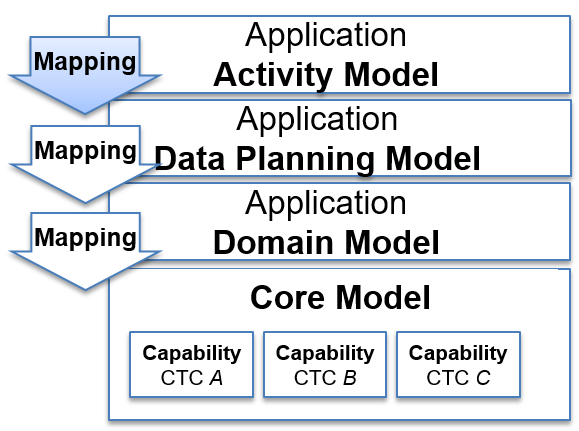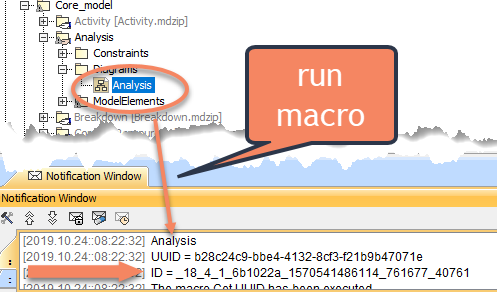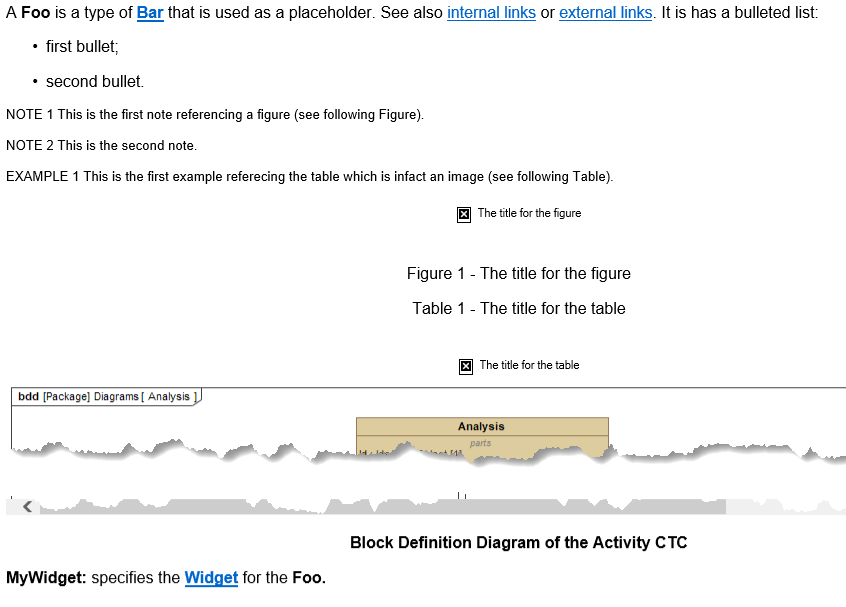How to model the mapping between the Activity and Data Planning models of STEPLIB¶
Contents:
Step by step when AAM uses Data Planning objects as Conveyed Information¶
The mapping between the Application Activity Model and Application Data Planning Model is achieved using Data Planning objects as the conveyed information on object flows between activities in the Application Activity Model. This is described in How to model the Application Activity Model of STEPLIB
Step by step when AAM includes Conveyed Information blocks¶
Contents:
Some Application Activity Model have conveyed information defined as blocks in the model. These blocks are mapped to the blocks in the Application Data Planning Model. This is shown in a (rough) video
Todo
Make a better video
Descriptions¶
Add a description to the references to explain the rationale.



